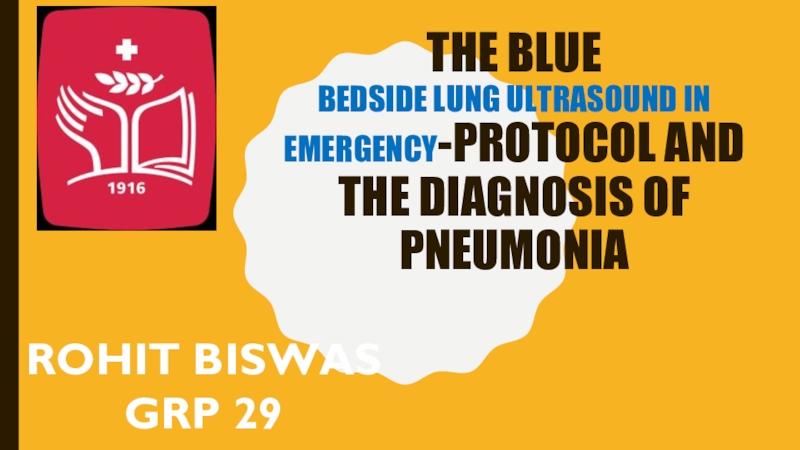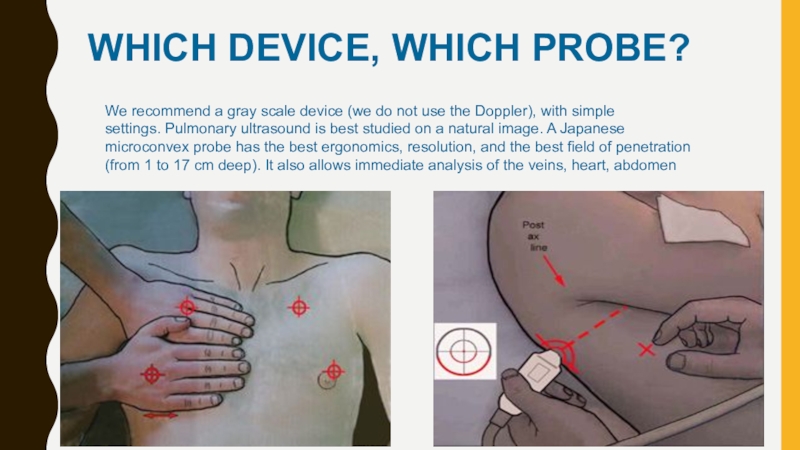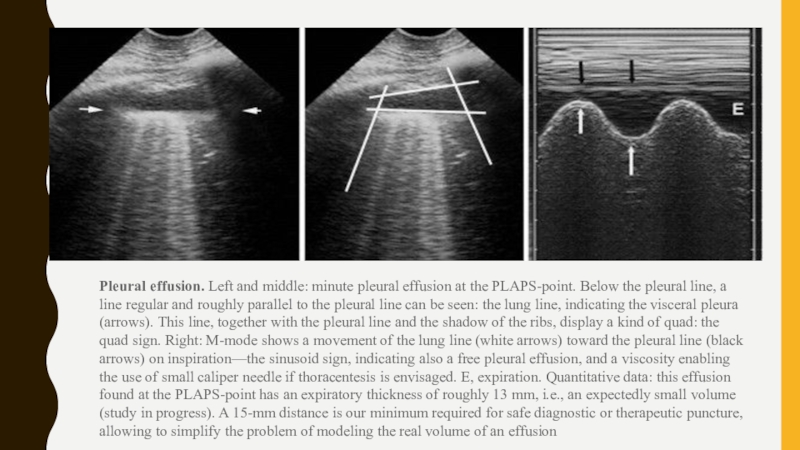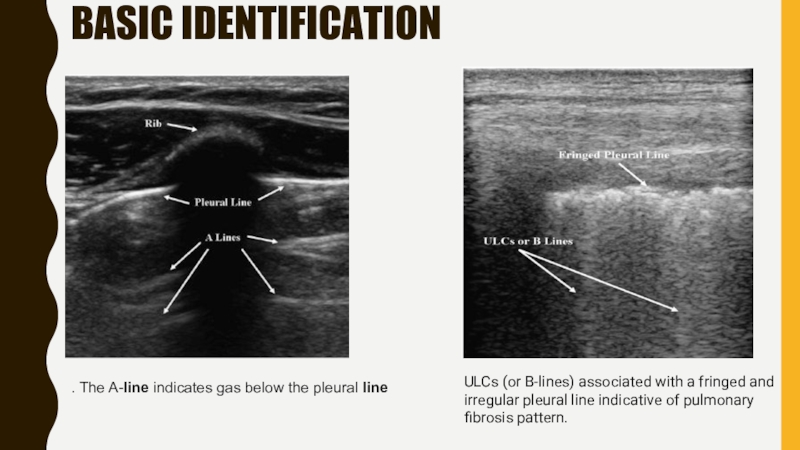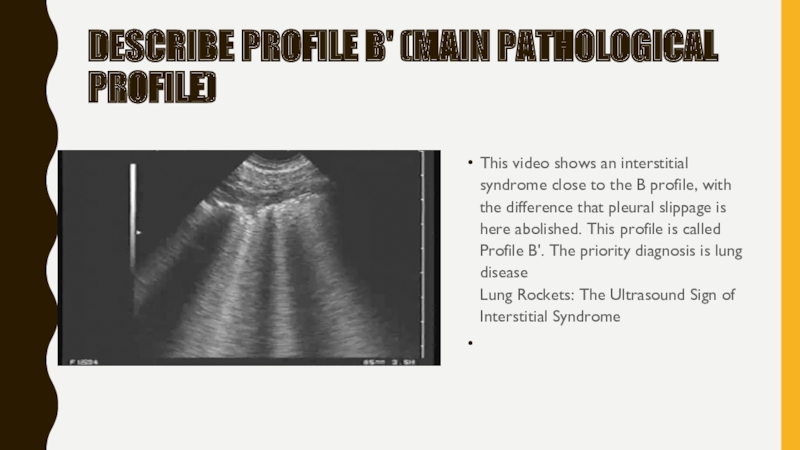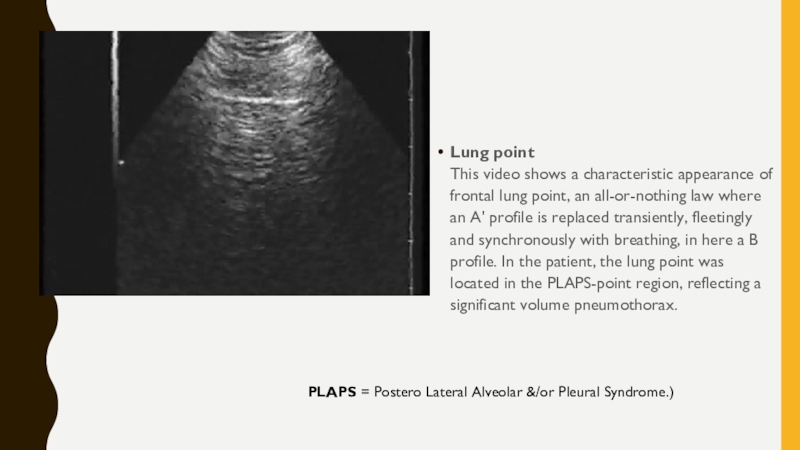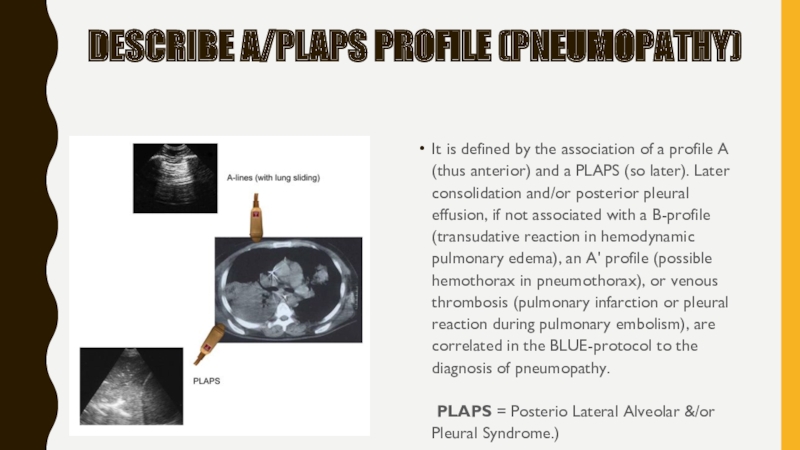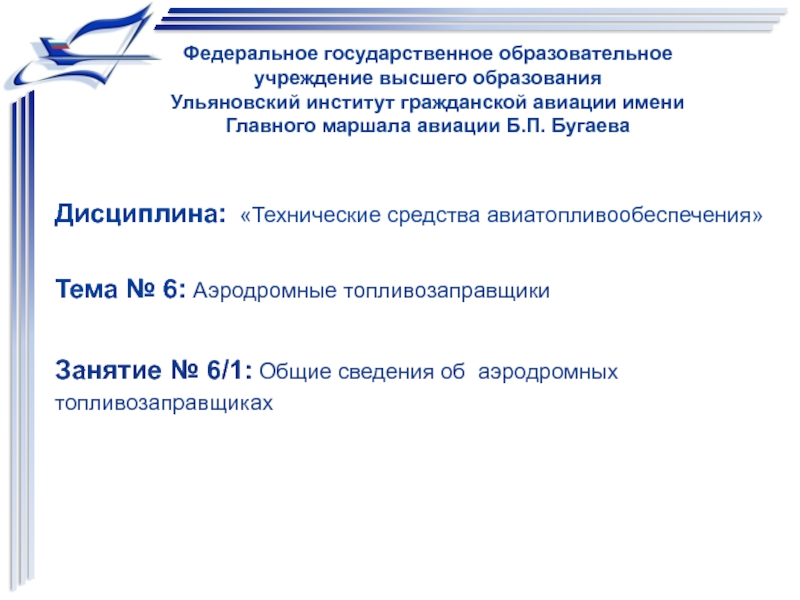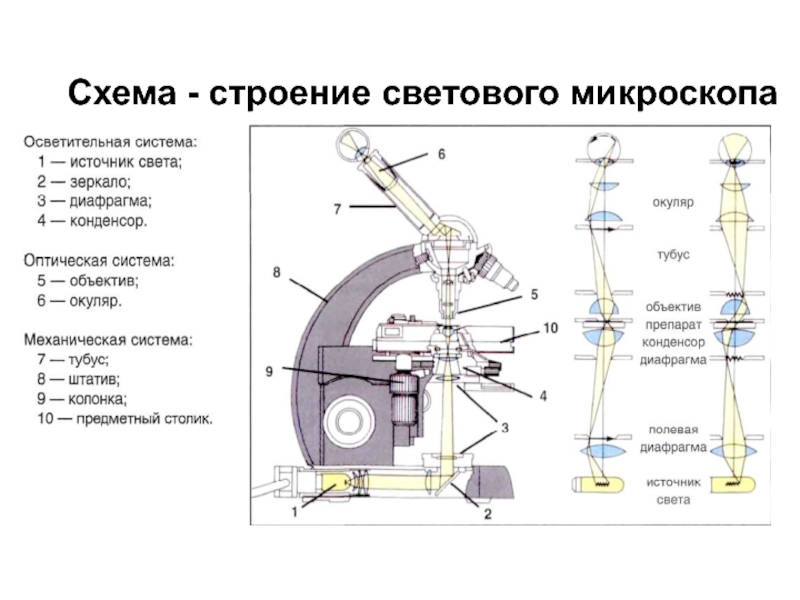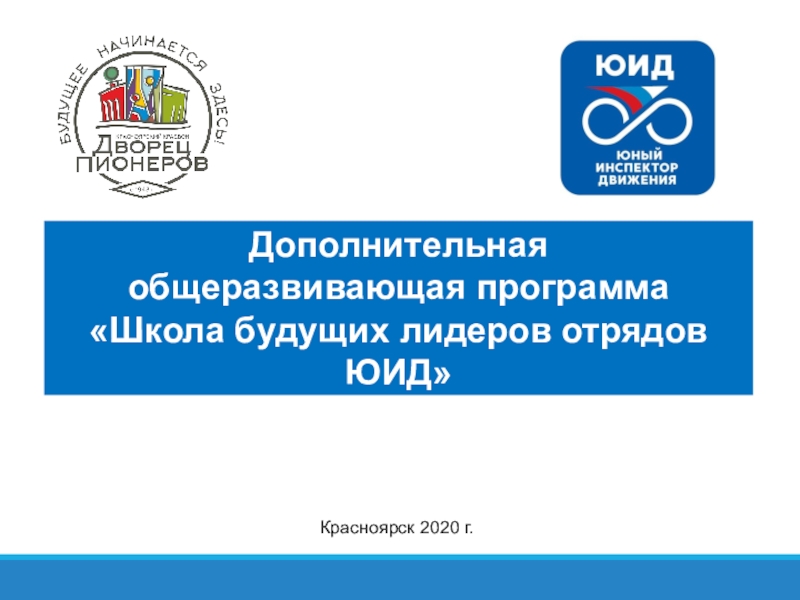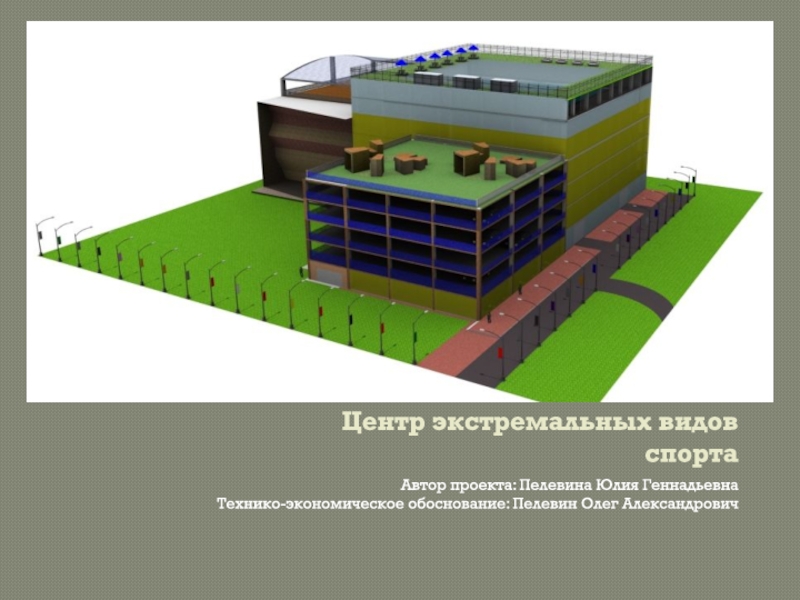Разделы презентаций
- Разное
- Английский язык
- Астрономия
- Алгебра
- Биология
- География
- Геометрия
- Детские презентации
- Информатика
- История
- Литература
- Математика
- Медицина
- Менеджмент
- Музыка
- МХК
- Немецкий язык
- ОБЖ
- Обществознание
- Окружающий мир
- Педагогика
- Русский язык
- Технология
- Физика
- Философия
- Химия
- Шаблоны, картинки для презентаций
- Экология
- Экономика
- Юриспруденция
The BLUE Bedside Lung Ultrasound in Emergency -Protocol and the Diagnosis of
Содержание
- 1. The BLUE Bedside Lung Ultrasound in Emergency -Protocol and the Diagnosis of
- 2. The BLUE-protocol is an ultrasound approach of
- 3. Which device, which probe?
- 4. Note: Lung sliding has been described as a
- 5. Describe the main pathological profile (profile B)
- 6. Pleural effusion. Left and middle: minute pleural effusion
- 7. Basic identification. The A-line indicates gas below the
- 8. Merlin's space defines the area located between the pleural line, the
- 9. Describe profile A (normal pulmonary surfaceimage obtained
- 10. Describe Profile B' (main pathological profile)
- 11. Describe profile A' (pneumothorax)This video shows a
- 12. Lung point This video shows a characteristic
- 13. Describe profile C (pneumopathyThe detection of alveolar
- 14. Describe a/B profile (pneumopathy)An anterior asymmetry, with
- 15. Describe a/PLAPS profile (pneumopathy) It is
- 16. Describe the Nude Profile /Non plap/copd/asthmaEverything is
- 17. Thanks for your attention
- 18. Скачать презентанцию
The BLUE-protocol is an ultrasound approach of the lung, and of the venous network in appropriate cases, allowing the rapid etiological diagnosis of an acute respiratory failure. It combines signs with localizations,
Слайды и текст этой презентации
Слайд 2The BLUE-protocol is an ultrasound approach of the lung, and
of the venous network in appropriate cases, allowing the rapid
etiological diagnosis of an acute respiratory failure. It combines signs with localizations, The approach to acute respiratory failure: the BLUE-protocolAcute respiratory failure is a life-threatening condition whose cause is sometimes difficult to recognize immediately.
Initial mistakes have deleterious consequences. BLUE-protocol, performed on dyspneic patients who will be admitted to the ICU, is a fast protocol: 3 minutes are required using suitable machines and the standardized points of analysis. Otherwise it can take longer (this time depends on the simplicity and adequacy of their equipment, of the standardization of their training).
Based on pathophysiology, it provides a step-by-step diagnosis of the main causes of acute respiratory failure, i.e., six diseases seen in 97% of patients in the emergency room, offering an overall 90.5% accuracy
Слайд 4Note: Lung sliding has been described as a shimmering appearance of
the pleura, or like tiny ants marching on a string.
The pleura will seem to slide back and forth as the patient breathes.Слайд 5Describe the main pathological profile (profile B)
This aspect of multiple
B lines and accompanied by a pleural slip, when it
is visible on the 4 BLUE-points (thus anterior) is called "Profile B". At this point, the main diagnosis is Hemodynamic Pulmonary Acute Edema.The B-profile suggests acute hemodynamic pulmonary
edema with 97% sensitivity and 95% specificity
Слайд 6Pleural effusion. Left and middle: minute pleural effusion at the PLAPS-point.
Below the pleural line, a line regular and roughly parallel
to the pleural line can be seen: the lung line, indicating the visceral pleura (arrows). This line, together with the pleural line and the shadow of the ribs, display a kind of quad: the quad sign. Right: M-mode shows a movement of the lung line (white arrows) toward the pleural line (black arrows) on inspiration—the sinusoid sign, indicating also a free pleural effusion, and a viscosity enabling the use of small caliper needle if thoracentesis is envisaged. E, expiration. Quantitative data: this effusion found at the PLAPS-point has an expiratory thickness of roughly 13 mm, i.e., an expectedly small volume (study in progress). A 15-mm distance is our minimum required for safe diagnostic or therapeutic puncture, allowing to simplify the problem of modeling the real volume of an effusionСлайд 7Basic identification
. The A-line indicates gas below the pleural line
ULCs (or B-lines)
associated with a fringed and irregular pleural line indicative of
pulmonary fibrosis pattern.Слайд 8Merlin's space defines the area located between the pleural line, the shadow of the
ribs and the bottom of the image. The A-line (lower white
arrows) is the repetition of the pleural line at a standardised distance, the skin–pleural line distance.Слайд 9Describe profile A (normal pulmonary surface
image obtained in the normal
subject when the probe is placed longitudinally on the lower
BLUE-point: three points are identified successively. 1. The pleural line, by the sign of the bat (hyperechogenic line slightly lower than the line of the ribs). 2. The pleural slip. 3. Artefacts visible in Merlin's space: exclusive A lines here.Слайд 10Describe Profile B' (main pathological profile)
This video shows an interstitial
syndrome close to the B profile, with the difference that
pleural slippage is here abolished. This profile is called Profile B'. The priority diagnosis is lung disease Lung Rockets: The Ultrasound Sign of Interstitial SyndromeСлайд 11Describe profile A' (pneumothorax)
This video shows a totally abolished pleural
slip (with the stratosphere sign on the right, in TM
mode). No B-lines are visible. This profile called A' profile is the characteristic aspect of a pneumothorax, which, if time permits, will need to be confirmed by the detection of a lung point.Слайд 12Lung point This video shows a characteristic appearance of frontal lung
point, an all-or-nothing law where an A' profile is replaced
transiently, fleetingly and synchronously with breathing, in here a B profile. In the patient, the lung point was located in the PLAPS-point region, reflecting a significant volume pneumothorax.PLAPS = Postero Lateral Alveolar &/or Pleural Syndrome.)
